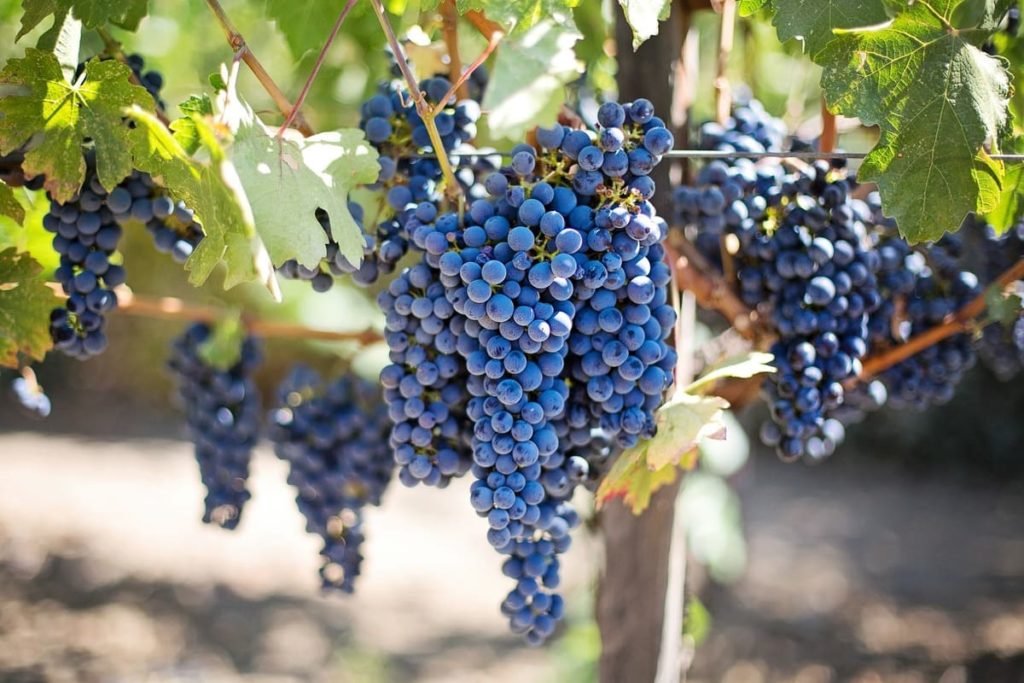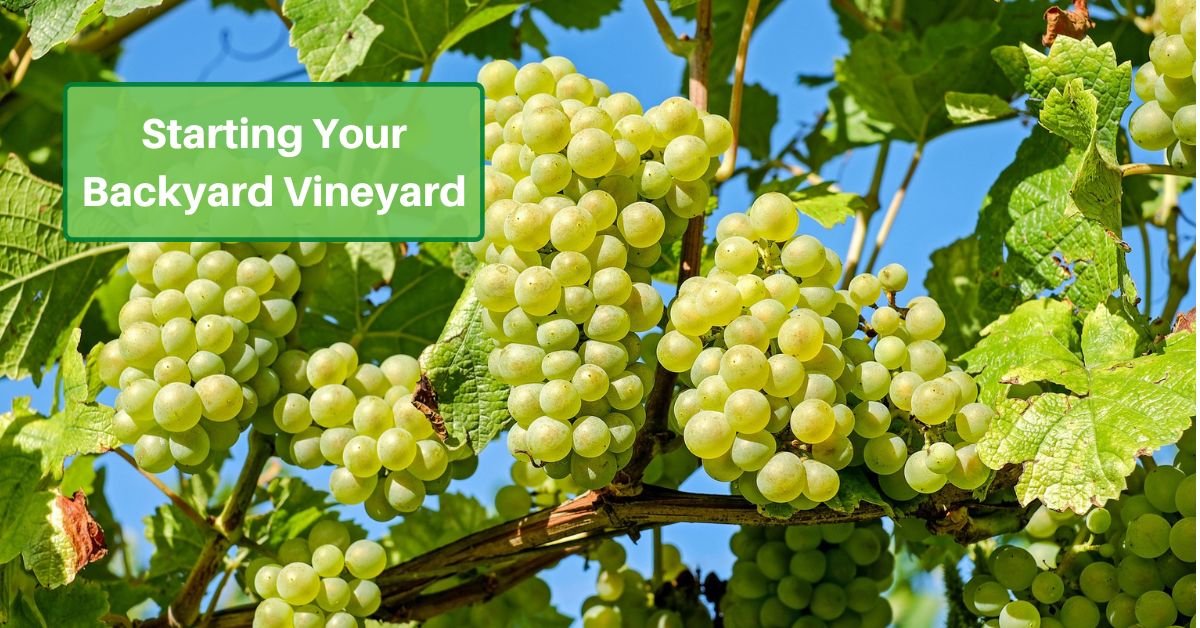Vineyards have become popular sites for tours and even weddings. The climbing grapevines serve as a great backdrop while also producing delicious fruit. And of course, that fruit can be turned into a wonderful adult beverage! But did you know that you can easily grow grapevines in your yard?
Cultivating grapes may seem intimidating. We admit it can take a long time to get it right and produce the perfect fruit to make jellies, jams, juice, or wine. But you can get started and enjoy the art and science of viticulture at your own pace, in your own space!
Let’s have a look at what you need, how much effort it takes, and how to start your backyard vineyard!
Climate, Soil Chemistry And Sun
With so many wines advertised as the product of particular regions, you may think grapevines are particularly difficult to grow. Some factors affect the taste of the grape, but in general, grapes will grow just fine in climate zones 4 – 10. That is, they do just fine almost anywhere in the US and southern Canada!
Soil type and chemistry aren’t a huge factor, either; grapevines can survive in almost any type of soil. However, they will do best in organic soil that is well-fertilized and has good drainage. Be sure to avoid too much dampness!
You do need a lot of climbing space for your grapevines, though. A single vine trained on a trellis needs 50 to 100 square feet. It should also have eight to ten hours of full sunlight each day. Plenty of air circulation is also vital to prevent disease, so it’s best to set up your vineyard away from the house, shed, or other obstructions.
Don’t be discouraged by the space demands, though. A single vine can produce 15 to 30 pounds of table grapes. If you’re growing wine grapes, one vine can yield as much as 12 pounds. That’s a lot of fruit!
Choosing A Cultivar
There are many cultivars of grapes, and more are constantly being developed to improve taste and yield.
A basic choice is between table grapes and wine grapes. Do you prefer to eat grapes or make them into wine?
If you’re a novice and want to try table grapes, Concord is a good place to start. They’re among the hardiest and do well in northern regions.
Among wine grape cultivars, Frontenac or Frontenac Blanc work well for home vineyards. They’re not the only choices, but they’re versatile and can stand up to colder weather.
You can also consult your local nursery to see if particular varieties thrive in your area – and to see what they have available!
Planting Time
Spring is the best time for planting grapevines. This gives them plenty of time to establish themselves before the first winter touches them.
Grapes can be grown from seeds or cuttings. It’s usually easiest to buy cuttings from a nursery. They’re generally a year old when sold and are more likely to survive this way.
Cuttings need a large hole for planting – about a foot deep and a foot wide. First, fill it with around 4 inches of topsoil. Cover the roots with about 6 inches of dirt and water (don’t pad down the dirt).

How To Train Your Grainvines
Grapevines need something to climb, so you’ll either need a trellis or wire lines for them to climb up and spread out. You can build or buy a trellis. The material doesn’t matter; the trellis could be metal, wood, or wire. It just needs to be able to support the weight of the vines and fruit.
Tending Your Grapevines
Water your young grapevines weekly. About a half-inch to an inch of water around the root area does the trick. After 2-3 years, the vines will need even less water, unless the soil is sandy.
Also, in late Fall, cut back on the amount of water so the roots will prepare themselves for the coming winter.
Be sure to keep the area clear of weeds and other plants.
Light fertilization in the spring and a layer of compost will help the plants to prosper.
Pruning
It takes a decent amount of pruning to maintain a grapevine. Usually, this task is done in late fall or early spring.
You’ll want to trim back the vine substantially. Any canes (the “branches” that come off the main vine) that are over a year old should be removed. It’s even good to trim back some of the year-old growth so that there’s plenty of room for new growth.
The First Harvest
Grapes ripen in September and October in the northern hemisphere. Be sure to observe them as they begin to mature. You may have to prune leaves to make sure the fruit receives enough sunlight.
Sampling your grapes is the best way to be sure they’re ready to be harvested. Grapes stop maturing once they’ve been taken from the vine, so be sure to try them first.
Having a tiny vineyard in your backyard is a fun way to try a new type of gardening. It requires a lot of space and a decent amount of pruning, but you’ll love the idea of harvesting grapes at home! Give it a try and let us know how it turns out – and what kind of grapes you’re growing!









